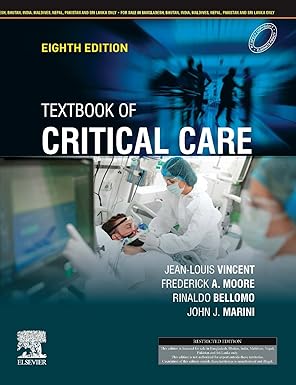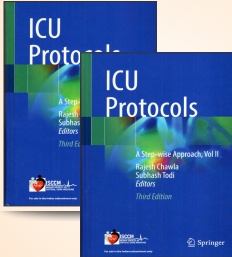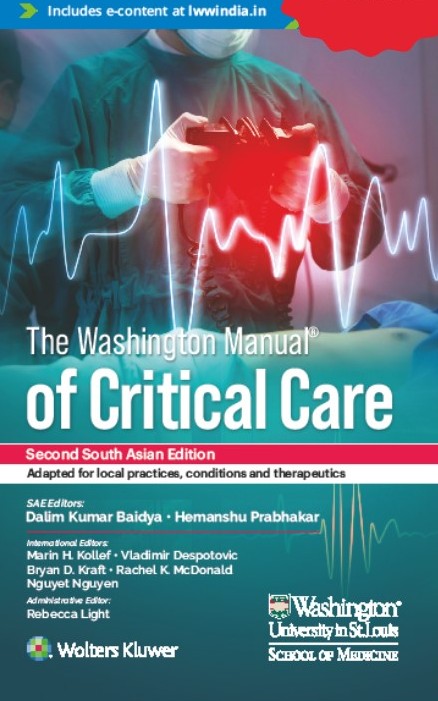Tab Article
It has been our constant endeavor at the Department of Anesthesiology, Critical Care, and Pain, Tata Memorial Hospital, to spread the spark of curiosity throughout India. We have a storied reputation for bringing out books which encourage curiosity leading to quest for knowing the why behind all physiological, pathophysiological, and pathological processes confronting the budding clinicians and even the veterans. This effort leads to deep reflection, and thereby better understanding of the processes which lead to manifestations of diseases in the form of the clinical presentation, the behavior when the organism is sick and how it may impact the outcomes. A better understanding of why a patient behaves in a certain way and why he/she responds or does not respond to the therapy hopefully points to the correct choice of therapy. We are very happy to present to you the second edition of the Textbook of Hemodynamic Monitoring & Therapy in the Critically Ill on the happy occasion of the 20th CME on hemodynamics, the well-known Tutorials in Hemodynamic Monitoring and Therapy in Critical Care (THEMATICC 2024). After the second edition of Case-based Review in Critical Care Medicine for the students of Critical Care Medicine, and before the forthcoming 6th edition of the Objective Anesthesia Review it seems to be an opportune moment. We hope that you like the effort put in by all the masters, old and new, to make this edition better than the first one, though some chapters have remained almost the same. As usual, we hope that we receive constructive criticism from all of you as usual so that the next edition will be even better.
We wish you a pleasant reading
Salient Features
- Basic to advanced technology
- Easy to read and understand
- Detailed and elaborate discussion about physical principles of monitoring systems
- Applied physiology and pathophysiology
- Explanation of how different monitors work
- Clinical application of monitoring systems
- The advantages and disadvantages of the systems or tests
- Limitations of technology, where applicable
- Many pioneers writing about the tests they themselves developed
- Updated till the end of the year September 2024
- Fully evidence-based, with suggestions and guidance for tricky situations
- New inclusion of topics such as fluid tolerance and non-invasive CO technology
- Helpful for students and practitioners of critical care and anesthesiology alike














Guest User
Verified PurchaseThe mobile app is very easy to navigate and there are daily notifications of new arrivals and discounts.?